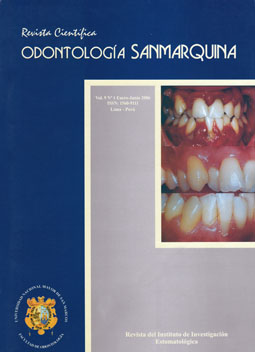Artificial cephalic deformations in the old Perú.
DOI:
https://doi.org/10.15381/os.v9i1.5340Keywords:
Artificial Cephalic deformation, skeletal displasias, asymmetry craniofacialAbstract
The artificial cephalic deformations in humans have remote beginning and they spread in all the continents, in South America, the Peru constitutes the place where the most varied and incredible forms were presented. The reasons for which our ancestors carried out these deformations are not clear and they can be many, from the aesthetic, ethical approaches, of social, economic, moral, magic differentiation, religious, like foreign currency of towns, etc. ln Peru they group in two big filums: deformed by llautu and for cuna. Each one of them with their variants and with their own cultural associations, and this characteristic offers them the corresponding historical location. The artificial cephalic deformations observed in the Peruvian skulls produced craneofacials asymmetries not altering alone the forms but also their growth and development, this way produced the acortación of the structures like skull base, maxillary and displasias skeletal anteroposteriores.Downloads
Downloads
Published
Issue
Section
License
Copyright (c) 2006 César Andrés Borja Villanueva, Luis H. Gálvez Calla

This work is licensed under a Creative Commons Attribution-NonCommercial-ShareAlike 4.0 International License.
AUTHORS RETAIN THEIR RIGHTS:
a. Authors retain their trade mark rights and patent, and also on any process or procedure described in the article.
b. Authors retain their right to share, copy, distribute, perform and publicly communicate their article (eg, to place their article in an institutional repository or publish it in a book), with an acknowledgment of its initial publication in the Odontología Sanmarquina.
c. Authors retain theirs right to make a subsequent publication of their work, to use the article or any part thereof (eg a compilation of his papers, lecture notes, thesis, or a book), always indicating the source of publication (the originator of the work, journal, volume, number and date).




















